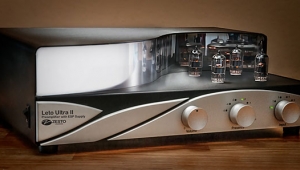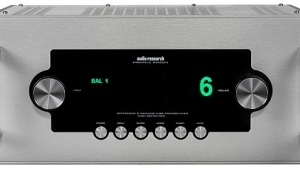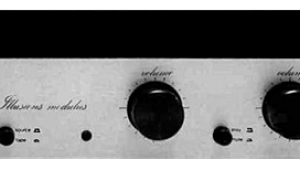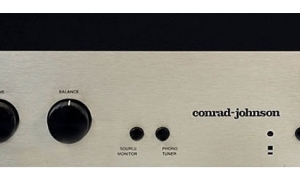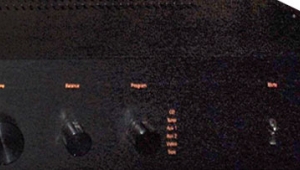| Columns Retired Columns & Blogs |
I carried the entire Conrad-Johnson line of tube Electronics and can assure that we had great hopes and aspirations for the PV-5 but it never lived up to Mr.Holts experiences.
For around $500, at the very same time, the Audible Illusion Modulus Pre-amp ( that we carried ) was a Brilliant Sound Quality performer. Everyone compared, resulting in our entire line of CJs to collect dust.
Personally, I loved the little MV-45a Amp and wish that I still owned one. ( I'll certainly buy one if I happen to find one )
Back then, I was ignorant of Tube Sound Quality sources until I encountered ( 2014 ) the Schiit Valhalla 2 and Lyr headphone Tube Rolling Groups.
Now I realize that; the Audible Illusion Modulus Preamp had outstanding tubes while my entire line of Conrad-Johnson Electronics were shipped to me ( Esoteric Audio ) with so-so Tubes ( not the outstanding glass that reviewers would review ).
A pair of Sennheiser HD580,600,650 headphones will easily & accurately reveal the sonic differences in Tube Sound Quality and that Tubes are the Singing Voices of Electronics. Great Tubes have great voices.
Reading this review, of one of our product Line, reminds me that Holt and Tony Cordesman were primary reasons we carried the Entire Line of Conrad-Johnson including the Premier Line and that expecting gear to perform like these authority influencers experienced leads to pricy disappointments.
Tony in Venice Florida
ps. this is the first time I read Mr.Holt not referring to himself with the Royal we, he does say "our" once but mostly says "I"









